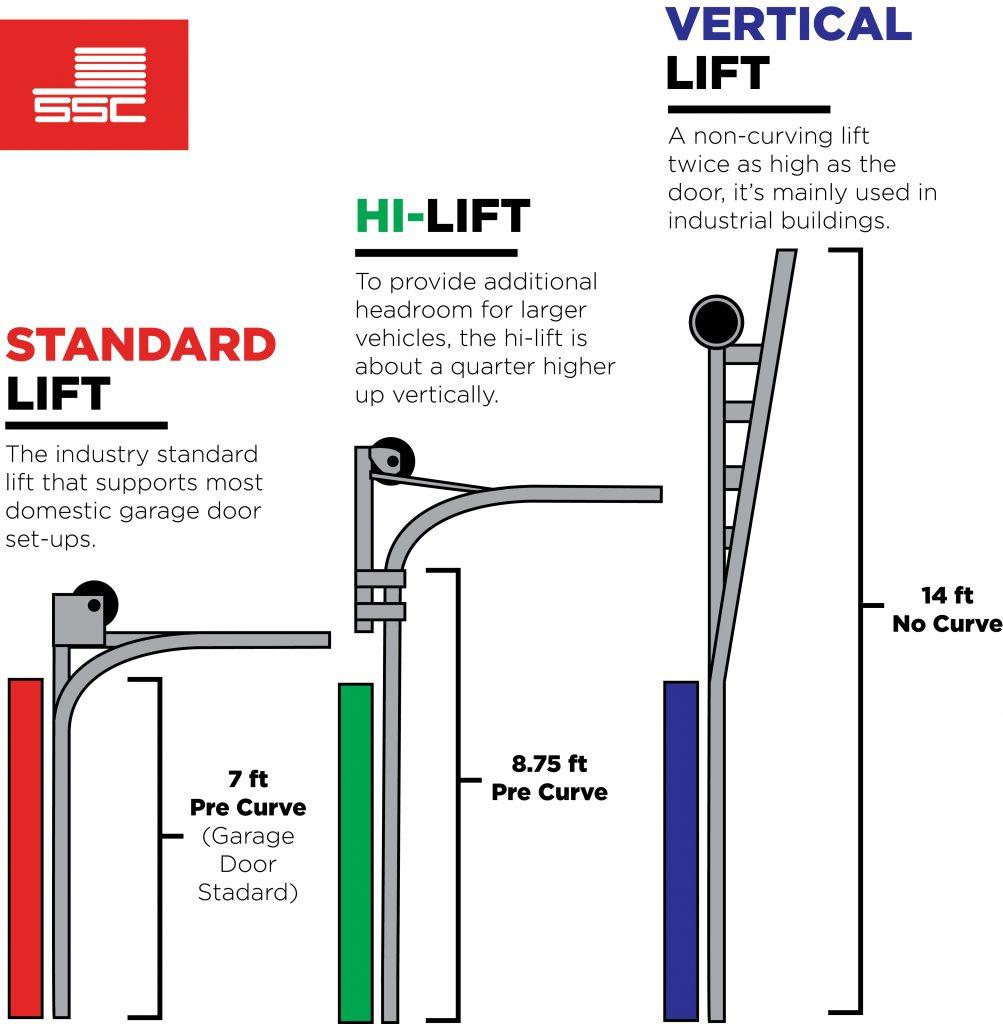When it comes to garage door safety and functionality, understanding the weight of your garage door and the corresponding spring size is crucial. A garage door spring weight chart serves as a valuable tool in determining the appropriate spring size for your door, ensuring smooth and safe operation. In this comprehensive guide, we’ll delve into the importance of a garage door spring weight chart and provide essential information to help you navigate the world of garage door springs.

The Significance of a Garage Door Spring Weight Chart
1. Accurate Spring Sizing:
A garage door spring weight chart provides accurate guidelines for selecting the right spring size based on the weight of your garage door. Choosing the correct spring size is essential for balanced and efficient operation, preventing issues such as door misalignment or premature wear and tear.
Read too: No Power to Genie Garage Door Opener – Resolving the Issue with Ease: Troubleshooting Guide
2. Safety Considerations:
Using the wrong spring size for your garage door can pose significant safety risks. An undersized spring may struggle to support the weight of the door, leading to excessive strain on the opener and potential accidents. Conversely, an oversized spring can cause the door to close too quickly or forcefully, posing a hazard to anyone in its path.
3. Optimal Performance:
By consulting a garage door springs weight chart, you can ensure that your door operates smoothly and efficiently. The correct spring size ensures effortless opening and closing, prolonging your garage door system’s lifespan.
Understanding Garage Door Spring Types
1. Torsion Springs:
Torsion springs are mounted above the garage door and work by twisting or torsion to generate the force needed to lift the door. They are typically used in heavier garage doors and offer smooth and controlled operation.
2. Extension Springs:
Extension springs are mounted on the sides of the door and stretch or extend to provide the lifting force. They are commonly used in lighter garage doors and require adequate clearance space above the door tracks.
Using a Garage Door Spring Weight Chart
1. Gather Information:
Start by gathering information about your garage door, including its dimensions and material. Measure the width and height of the door, as well as its weight using a bathroom scale or similar device.
2. Consult the Chart:
Refer to a reputable garage doors spring weight chart provided by manufacturers or industry experts. Locate the weight range that corresponds to your garage door’s weight and identify the recommended spring size for your door type.
3. Installation and Maintenance:
Once you have determined the appropriate spring size, it’s essential to ensure proper installation by a qualified technician. Regular maintenance, including lubrication and inspection, will help prolong the lifespan of your garage door springs and ensure continued safe operation.
Conclusion
A garage door springs weight chart is an invaluable resource for homeowners and garage door professionals alike. By understanding the importance of selecting the right spring size and consulting a weight chart, you can ensure safe, efficient, and reliable operation of your garage door. Remember to prioritize safety and proper maintenance to enjoy years of trouble-free use from your garage door system.



Leave a Reply